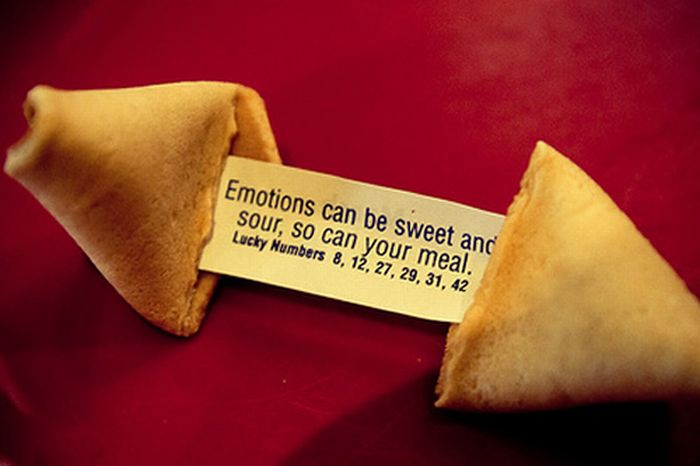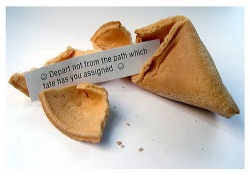

Add in your flour and mix only until combined, taking care not to over mix.Ĭreate discs of batter on your baking sheet by pouring a spoonful and smoothing it out into a thin circle. Make your batter by mixing your egg whites until you get stiff peaks, then fold in your butter, water, and vanilla. You don’t want to have to worry about the writing process while you’re shaping! A baking sheet will be needed for baking, and you’ll use a glass and muffin tins for the shaping process. You’ll want to write your fortunes before you begin the cooking process because fortune cookies need to be shaped while still warm, or they’ll get too hard. To start, gather your ingredients: butter, sugar, eggs, water, vanilla, flour, decorations, fortunes.

You can also dress your fortune cookies up with sesame seeds or add food dye for a festive approach. Use classic American Chinese food flavors or switch it up. For most of the 20th-century, fortune cookies were made by hand, but recent inventions have allowed them to be produced en mass and made it easier to integrate them into Chinese take-out dishes.įortune cookies are easy to make at home and can be adjusted to match your palate. Several others have put their name to the invention of the fortune cookie, and legal fights regarding its origins and protections have been waged. He is not the only one who claims that title. The Japanese cookies had a type of fortune called O-mikuji, which means “sacred lot.” They did not feature famous lucky numbers on the other side, however.Īt the Golden Gate Park Japanese tea garden, fortune cookies made in a San Francisco bakery were first shared, supposedly by the keeper, Makoto Hagiwara, who is often credited with having invented them. The original cookies inspired by Japanese tea cakes were larger and featured more traditionally Asian flavors, including sesame oil and miso, whereas American fortune cookies are made with sugar and butter. While it had some notable differences, it bears a notable resemblance to modern fortune cookies as well. There are many variations of fortune cookie history, but the most likely evolution of the fortune cookie was actually developed by Japanese immigrants on the west coast of the United States in the late 1800s and early 1900s.Ī similar Japanese cookie dates back to the same era in Kyoto, Japan. While the fortune cookie has become ubiquitous and associated with Chinese food takeout and even in-house dining, there’s a good possibility that it actually derives from Japanese culture, instead. In addition to the wisdom available in the cookies, fortune cookies have a history shrouded in legend and myth themselves. Several billion are produced every year, and many folks swear that their lucky numbers have won lottery pots or led to other good fortunes. They are made with flour, sugar, vanilla, and sesame oil or butter and have a classic snap when they are broken or eaten. Its defining feature is the fortune, however-the slip of paper with words of wisdom on one side and lucky numbers written on the other. The fortune cookie is a sweet and crunchy treat that is delivered at the end of a meal when ordering Chinese food takeout or eating. Here at Fly By Jing, we work to combine the classic flavors with the future of personalized home cooking through spices, oils, recipes, and history.

It is very much a representation of Asian American immigration history, where the crossroads of food, culture, and tradition lead to an entirely new cuisine or dish all its own. While it is largely associated with Chinese food restaurants and take-out meals, the fortune cookie doesn’t actually come from China. The fortune cookie is one of the most iconic and festive parts of the Chinese food takeout experience, but there’s more to this humble treat than meets the eye.


 0 kommentar(er)
0 kommentar(er)
